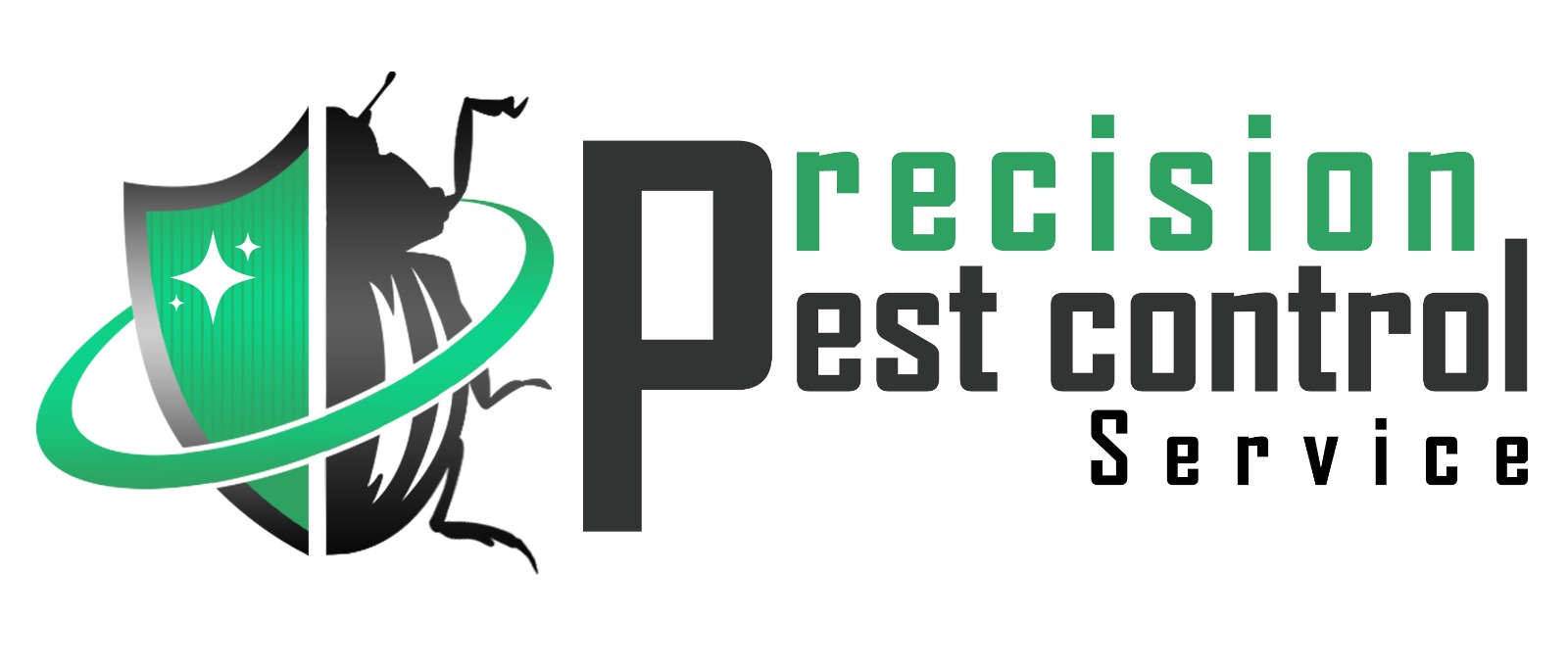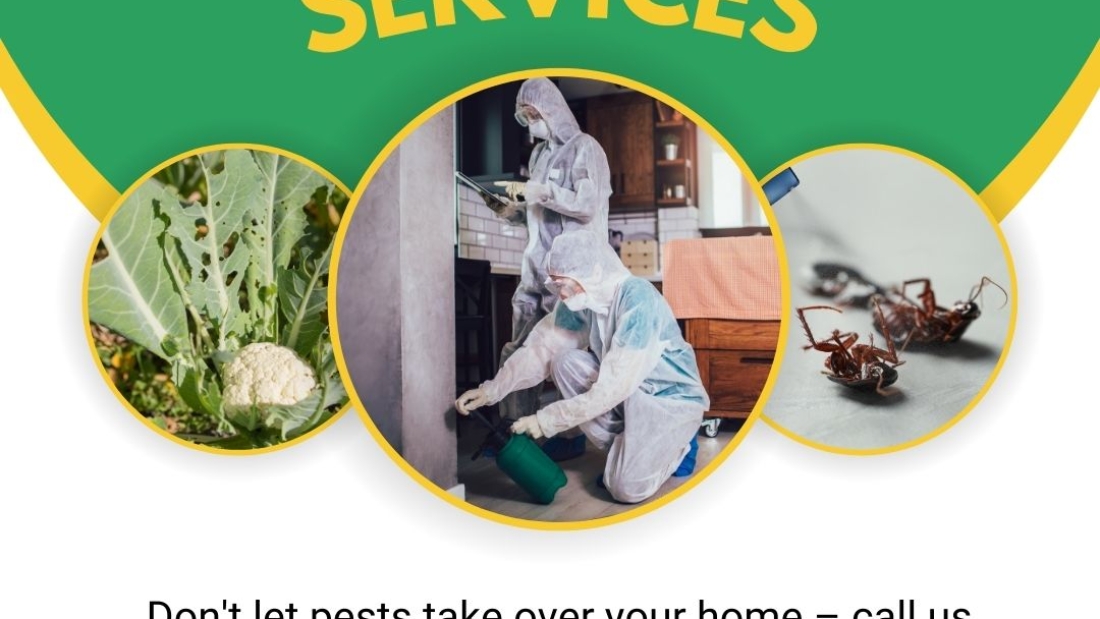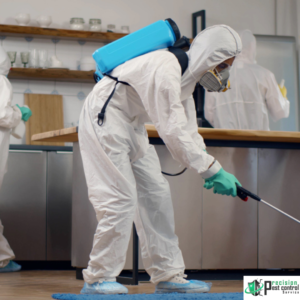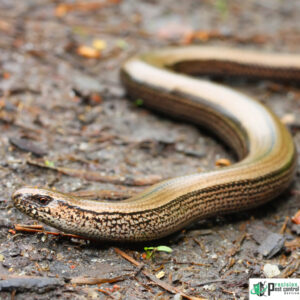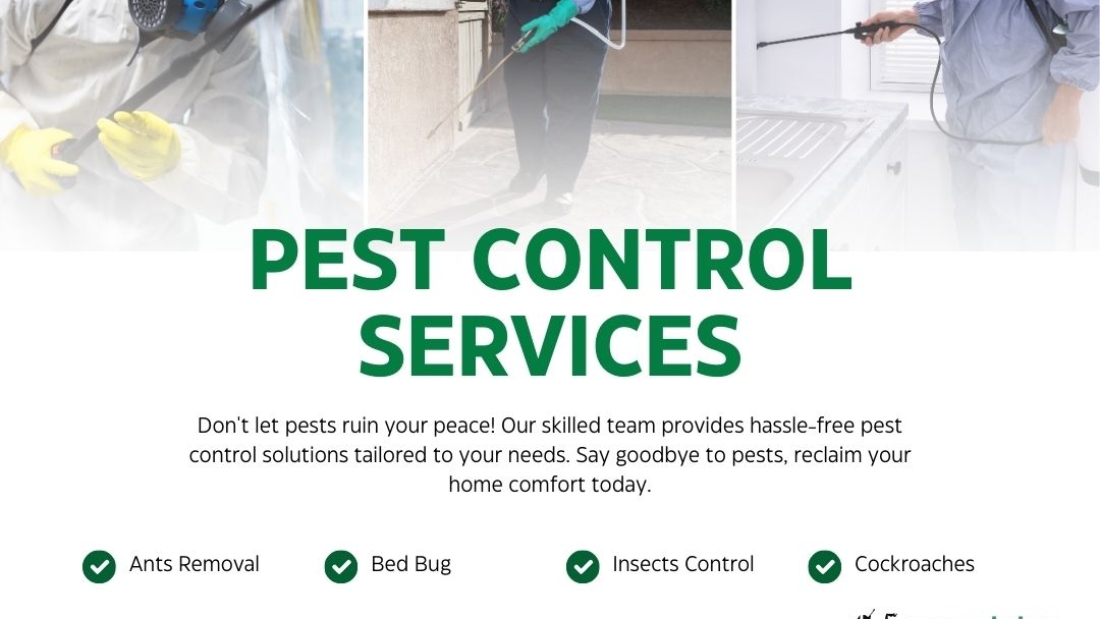Are unwelcome pests invading your HVAC system and causing chaos in your home? Say goodbye to pesky critters with our top-of-the-line HVAC pest control service! Keep reading to discover how you can protect your heating and cooling systems from unwanted guests, ensuring a comfortable and pest-free environment for you and your family.
It’s NO SECRET that pests can be very difficult to eliminate, especially when they become residents inside our homes and HVAC systems. But did you know that with the right strategy and preventive measures, it is possible to get significant relief from pests in your home? Read on as we will discuss various strategies that can help you rid any kind of unwelcome guests in HVAC systems!
From regular maintenance inspections of the system itself to effective insulation installation techniques, variety of pest control solutions are available for homeowners. Contracting a professional pest management service can provide sustainable solutions to this problem. We’ll look at some tips on getting proactive about controlling pest in homes or workplaces today. Let’s dive into finding out how to protect ourselves from these pests living within our HVAC systems.
Common Pests Found in HVAC Systems
HVAC systems are important elements of commercial and residential buildings but they can also be vulnerable to pest infestations. Common household pests such as rodents, insects, spiders, mites and snakes often like to nest in HVAC systems due to their warm temperatures and moist environment. This can cause a variety of problems such as damage to the system, spread of bacteria in air ducts, poor indoor air quality and potential contamination of food sources.
Rats and Mice
HVAC systems can be attractive hideouts for rats and mice. These rodents nest in pipes, ducts, and other quiet areas of the ventilation system where they can build their homes. Their waste is dangerous since it contains a variety of pathogens, such as bacteria and fungi that cause respiratory illnesses or spread contamination within the house.
In addition to health implications, these pests may cause damage due to chewing on wiring leading to motor failure or even fire hazards at your place.
It’s important to acknowledge signs of infestation early on so, preventive maintenance measures can be taken immediately. To identify their presence, check for droppings around the vents or listen out for squeaking noises during night time hours since they are nocturnal creatures who remain active at this time.
Dust Mites
HVAC systems are especially prone to dust mite infestations. Dust mites thrive in any environment where there is warmth, humidity and an abundance of food. They feed on mold spores, shed skin cells and other organic materials commonly found in air ducts. Without regular cleaning and maintenance, these complex systems can quickly become home to millions of unwanted guests that aggravate allergies and respiratory conditions to humans.
The presence of dust mites requires immediate action for a safe indoor environment—hence the importance of regularly inspecting HVAC systems for particles like spider webs or accumulated insect debris, because their discoloration may suggest a greater issue inside the system’s structure. Additionally, thoroughly vacuuming condensers with specialized equipment further helps eliminate this pest from affecting people’s health negatively indoors and out.
Snakes
Snakes are a common pest found in HVAC systems. They like to nest for the warmth and humidity that comes from vents and ducts, as well as find food such as rodents or insects. Snakes also relish hiding in enclosed spaces, giving them safer access to crawlspaces inside buildings. Snakes pose a huge threat to human safety; they can sneak up on you while you’re dealing with equipment or performing an inspection of your system’s components.
To avoid potential injury or damage, it’s important to keep snakes away from any type of HVAC system. Snake traps, exclusion barriers, proper sealing of openings around the home or facility are some means by which we can deter snakes from entering our homes and possibly seeking harborage in ventilation systems. Additionally, using safe repellents around entry points like windows and doors will create strong enough smells that act as deterrents against snakes.
Strategies to Combat Pests in HVAC Systems
- Prevention as the Primary Defense
Preventing pest infestation in heating, ventilation, and air conditioning (HVAC) systems should be a priority for home owners. Pests can not only cause damage to the system, but also be carriers of certain diseases and disrupt the health of occupants. Taking proactive steps is immensely important before any serious issues arise.
Below are some strategies that can help homeowners keep pests away from their HVAC system:
- Keep vegetation trimmed back or away from the outdoor unit as it provides cover for animals seeking shelter.
- Seal all cracks or holes on the exterior wall with caulk to prevent rodents, cockroaches and other insects’ infiltration.
- Establish a regular service routine where an HVAC professional cleans and checks your duct-work twice a year – once during summertime when cooling season starts and once during winter time when heating begins.
- Inspect insulation level inside ducts since rodents like nesting material such as cellulose fibers found in many types of insulation products.
- Fit screens over fresh air intakes if you have them installed near ground level to block entry points for larger animals like possums or snakes.
- Best Practices and Professional Help
Maintaining a safe, healthy HVAC system means pest control is of the utmost importance. Winter and summertime can bring an influx of insects, rodents, or other pests that can benefit from cool temperatures in winter and warmth during summer months. Keeping these creatures out should be top priority as they can damage your heating system if left unchecked. To prevent this type of destruction, homeowners must take steps to combat pests inside their HVAC systems:
- Professional support: Professional extermination services are often best when it comes to safely removing pests from your HVAC unit without causing further damage to surrounding areas. In addition to exterminating existing infestations through treatments or trapping methods, professionals may also use preventive strategies like sealing any cracks where pests might have access into the system itself– this keeps future infestation threats at bay.
- Use traps strategically: Strategically placed mechanical mouse traps near wires that lead up into attic spaces are sometimes enough to deter larger vermin from trying out an area as a potential home base. This method is most successful for small critters such as mice, rats or squirrels; however large infestations may require the help of professional services for proper removal.
- Keep outdoors clean & tidy: Exterior maintenance plays a big role in keeping away unwanted guests. Trim shrubs close by vents and cleanse gutters frequently so there isn’t standing water present which attracts bugs & insects.
Final Thoughts by Precision Pest Control
Precision Pest Control Services offers a range of effective solutions to eradicate pests from HVAC systems. Our bespoke treatments are designed for every home, and we assess each particular situation to make sure your home is pesticide-free in the most efficient way possible. We provide both indoor and outdoor pest control services so that infestations are eliminated easily and quickly.
Our certified trained insured and bonded professionals utilize modern techniques such as heat treatment, insecticide dust applications, sealing repairs, baiting services with customer satisfaction at the heart of our approach. Additionally, all processes meet health standards providing you with a contamination free atmosphere without any harm on human or pet health; and preventing further problems. Get rid of this pesky problem now! Contact us today for more information about our HVAC system pest extermination services! Thank you for reading the article.

PrecisionPestControlService is a licensed and professional pest control company serving the Los Angeles’ and surrounding communities. When it comes to getting rid of pests, you can rely on our experience and exceptional caring customer service because we offer both residential and commercial cost-effective pest control services options that are proven to work.
